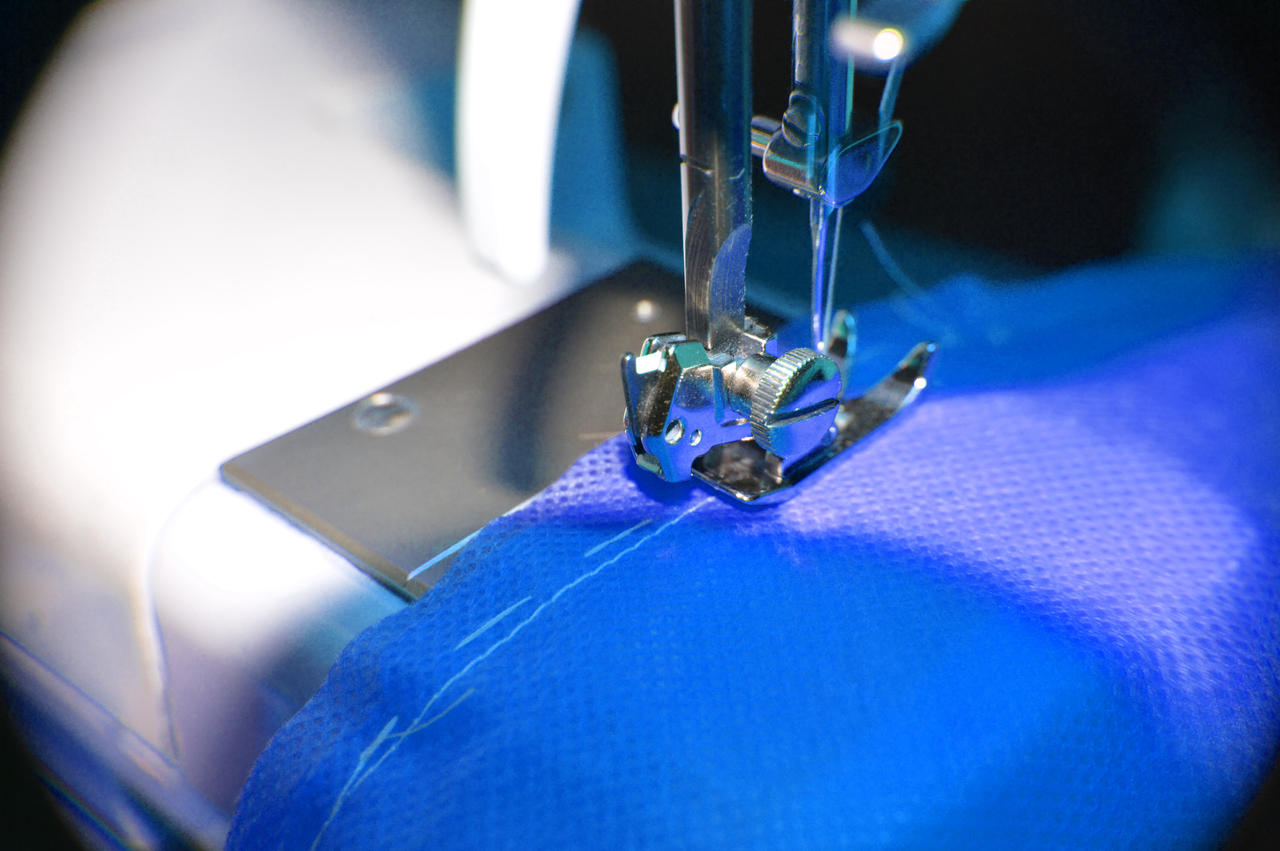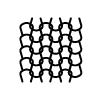
Once you’ve decided which clothes you want to clear out of your closet and what to do with the clothes you no longer need, it’s time to focus on caring for what you’ve decided to keep. That includes repairing pieces that need a little maintenance, and looking after future garments so they don’t just last for seasons, but for years to come.
REPAIR GUIDE

Leather

You can spot clean leather yourself using a leather cleaner and a lint-free cloth, but leave it to a professional to revive your pieces properly once a year. As a heavy fabric, all misplaced stitches will show, so you’re better off enlisting the help of a tailor.
Wool

Picking up a mending kit online will supply you with everything you need to DIY when it comes to holes. One of the best solutions might be to use a felting technique which helps bond new wool to your knit, or head to a tailor or an alteration shop. Your local dry cleaner will usually be able to sort these out, too.
Denim

Silk

Delicate by nature, silk is prone to tearing; luckily, mending tears can be done fairly easily by hand. take a needle and thread it through the silk from the back, making sure you stay close to the snagged area. Then, with the hook on the repair needle, latch on to the loop and pull it through the other side of the fabric.
Cotton, Linen and Synthetic Blends

You can fix small rips and holes yourself with a sewing machine or by hand using a needle and thread – just make sure to match the thread in both colour and thickness. If it’s in an obvious spot and you don’t trust your skills, have it repaired professionally.
WASHING GUIDE

Cotton

What you’re dealing with: Luckily, most cotton fabrics are pre-shrunk so the fabric isn’t too tricky to handle.
How to wash: Using an all-purpose detergent, machine-wash in cold or warm water.
Top tip: The sun can turn materials with natural fibres, like cotton, yellow. Make sure to line-dry garments in the shade.
Synthetic

What you’re dealing with: Synthetics such as polyester, nylon, spandex, acrylic and acetate won’t shrink, and they’ll stand up to water-based stains.
How to wash: Machine wash at a low temperature. Avoid using hot water which can damage, or even melt, synthetic fabrics.
Top tip: Use fabric softener to prevent static.
Wool

What you’re dealing with: Wool is ultra durable but you’ll find that it tends to shrink in warm water.
How to wash: Dry clean or hand wash in cold water with mild detergent, then leave to air dry flat so it doesn’t stretch.
Top tip: To repel moths, invest in some cedar hangers.
Silk

What you’re dealing with: Made from protein fibers produced by silkworms, silk is often dyed and colour can bleed.
How to wash: Dry clean or hand wash in cold water with mild detergent, then leave to air dry.
Top tip: Test for colour fastness by dipping a cotton swab in detergent and holding it on a less visible area for two minutes to see if the colour runs.
Rayon

What you’re dealing with: Rayon is considered a semi-synthetic fabric. When laundered, it may shrink, bleed colour or lose its crispness.
How to wash: Hand wash in cold water with mild detergent and leave to air dry.
Top Tip: Iron when the fabric is still a little damp.
Linen

What you’re dealing with: Linen wrinkles very easily and requires high heat ironing.
How to wash: Dry clean or hand wash in cold water using a gentle swishing motion and mild detergent, then leave to air dry. Alternatively, machine-wash on a gentle cycle.
Top tip: Drying in direct sunlight helps to kill bacteria and bring out the natural smell of material – just avoid leaving it out for too long as it may become more brittle.